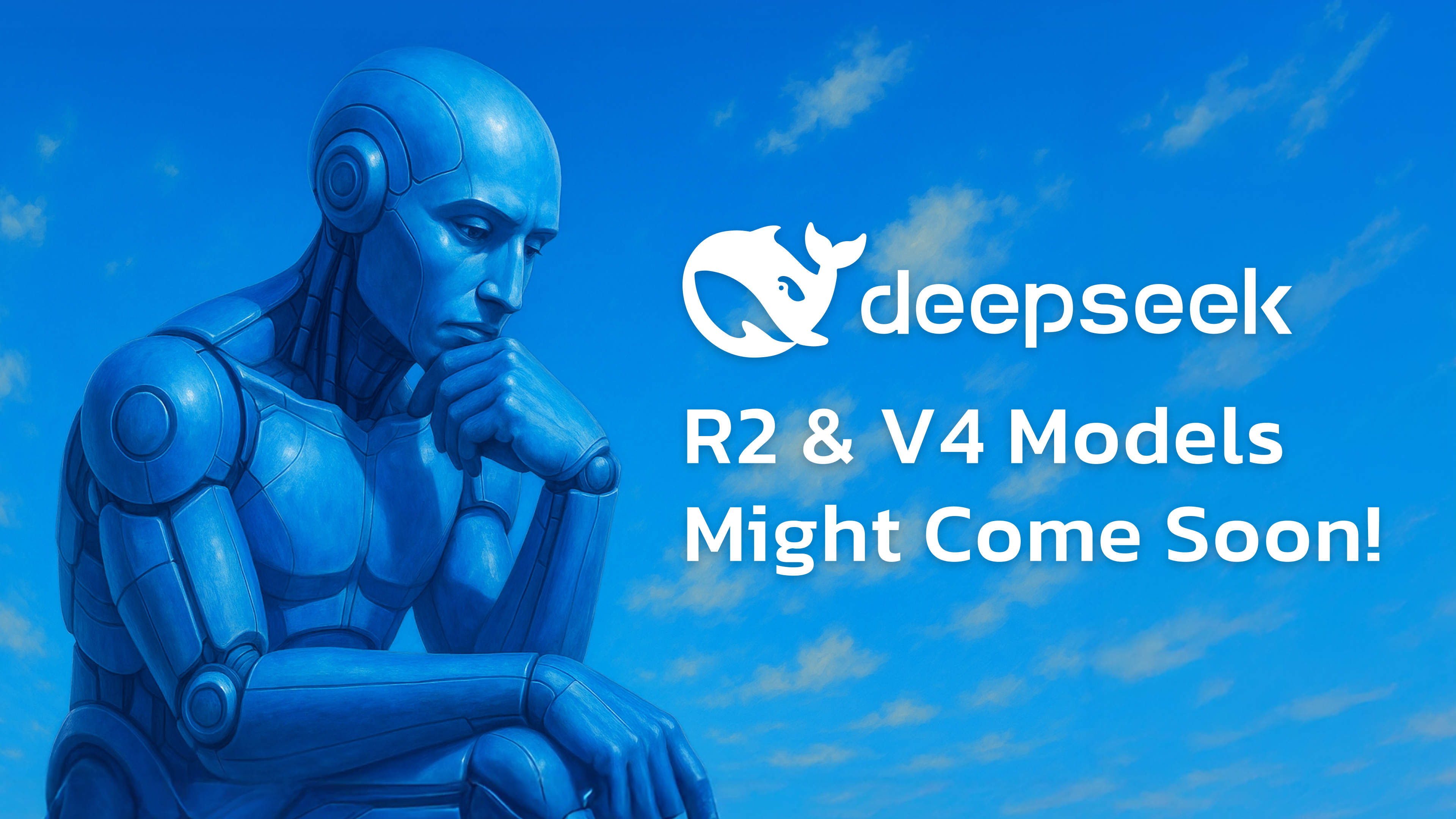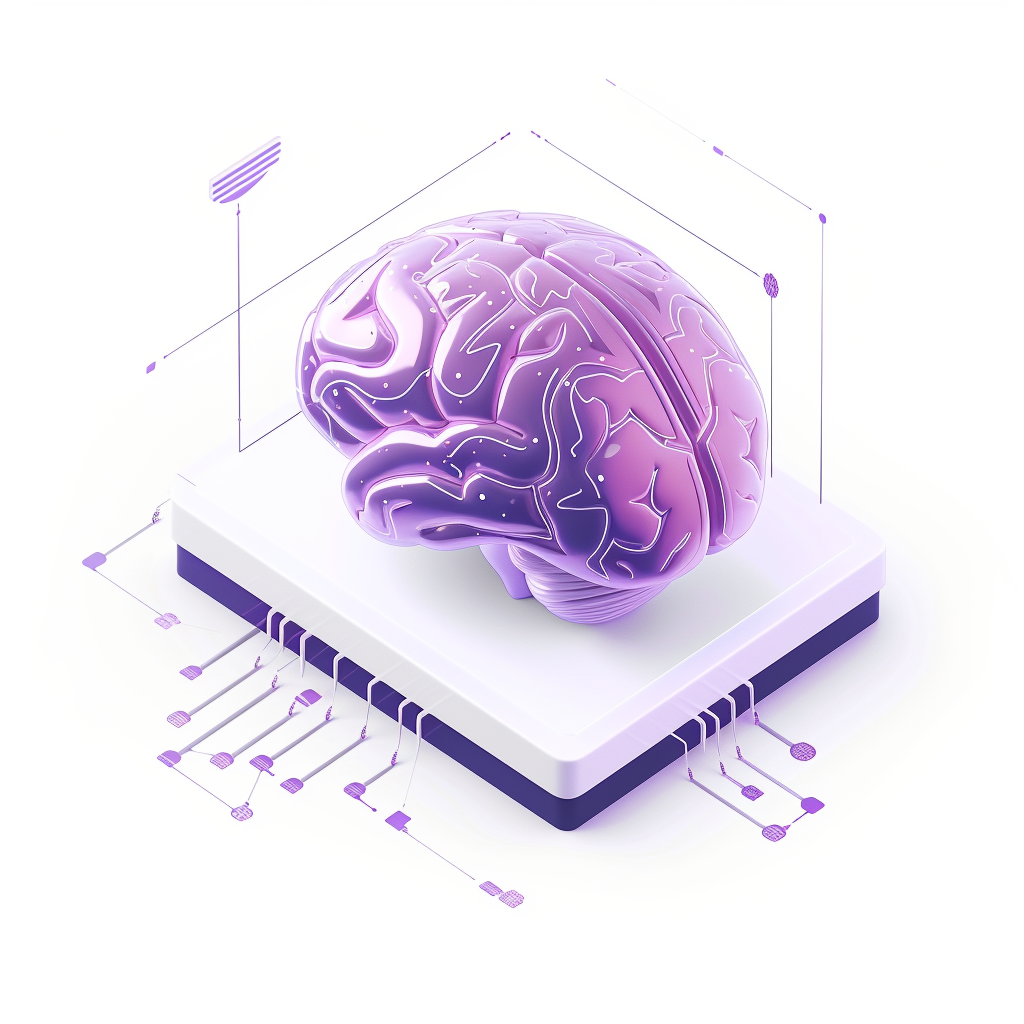When DeepSeek dropped its R1 model in January 2025, it quietly detonated a bomb under the AI industry. Built without access to Nvidia’s best GPUs and on a shoestring budget compared to Silicon Valley giants, R1 proved that top-tier AI could come from unexpected places. Investors across the U.S. were caught flat-footed — nearly $600 billion was wiped off the tech markets as the realization set in: price-performance curves could collapse, not just bend.
That was just the opening act. Now, DeepSeek is lining up two follow-ups — R2 und V4 — and if even half of the leaks are true, 2025 could be the year AI pricing falls off a cliff. The combination of massive model scale, brutally low prices, and zero reliance on American silicon is about to change the game.
🚨Viral rumors of DeepSeek R2 leaked!
— Deedy (@deedydas) April 26, 2025
—1.2T param, 78B active, hybrid MoE
—97.3% cheaper than GPT 4o ($0.07/M in, $0.27/M out)
—5.2PB training data. 89.7% on C-Eval2.0
—Better vision. 92.4% on COCO
—82% utilization in Huawei Ascend 910B
Big shift away from US supply chain. pic.twitter.com/Jncg0PvEYU
R1 Earthquake
DeepSeek didn’t come out of nowhere, but it sure felt that way. Their first model, R1, wasn’t just good — it was a statement of intent. Instead of burning billions of dollars on Nvidia GPUs and AWS credits, the company made a radical choice: optimize for Huawei’s Ascend 910B chips. These chips, largely dismissed in the West, turned out to be good enough when paired with brutal engineering discipline.
The results spoke for themselves. R1 performed within range of GPT-4o in many benchmarks, especially in Chinese language tasks, while being much cheaper to train and serve. The way DeepSeek engineered around hardware limitations — including building its own distributed training stack — showed that talent, not just compute access, still mattered.
Beyond technical achievements, R1’s real legacy was the fear it inspired. If a small Chinese team could do this with limited resources, what would happen when they had momentum, funding, and full control over their hardware supply chains? R1 wasn’t just a product. It was a warning shot across the bow of the Western AI establishment.
R2: The 97%-Cheaper GPT-4.5
Now, the sequel is almost here. According to multiple credible reports, DeepSeek’s R2 model is on track for a May 2025 launch. Insiders have confirmed that internal testing is already happening inside major Chinese cloud providers, and pilot customers are lining up.
This time, DeepSeek isn’t just aiming to prove they can play in the same league as OpenAI or Anthropic. They’re aiming to break the league itself. R2 will reportedly carry 1.2 trillion parameters under a hybrid MoE 3.0 setup, using only 78 billion parameters per token for efficiency. Trained on over 5.2 petabytes of diverse data, including images and codebases, it’s positioned to match or exceed GPT-4.5 in practical benchmarks.
Deepseek R2 cuts unit costs by 97.3% and is about to launch – (rumored)
— Haider. (@slow_developer) April 26, 2025
– uses a self-developed distributed training framework
– achieves 82% utilization on the ascend 910b chip clusters
– delivers 512 petaflops at FP16 precision
– reaches 91% efficiency compared to an A100… pic.twitter.com/D0tpJOqWaz
Where things get truly disruptive, however, is pricing. According to leaked internal documents, R2’s API usage will cost $0.07 per million input tokens und $0.27 per million output tokens — slicing current market rates by more than 90%. This would mean that billion-token projects, once reserved for mega-corporations, could be handled for the cost of a nice dinner.
The stakes aren’t just technical. R2’s launch could force OpenAI, Anthropic, Google, and others into an ugly margin compression war at a time when many are already struggling to monetize their services. When inference gets that cheap, a lot of business models built on expensive premium access simply stop working.
The Huawei Game Without NVIDIA
The most astonishing part of DeepSeek’s rise isn’t the models themselves. It’s how they train them. Unlike Western competitors tied to the fate of Nvidia supply chains, DeepSeek managed to achieve half an exaFLOP of FP16 training performance on Huawei Ascend 910B chips — an outcome few believed was possible two years ago.
Huawei’s chips, while less powerful individually than H100s, are abundant inside China. DeepSeek’s custom software stack, designed to bypass Nvidia’s CUDA dominance, allows them to chain hundreds of these chips together without performance-killing bottlenecks. They also avoided expensive networking solutions like NVLink, instead colocating Ascend compute with MooreThreads GPUs for local serving. It’s a home-grown tech ecosystem that completely sidesteps the traditional AI bottlenecks.
This isn’t just a technical footnote. It’s a political one. By proving that Huawei hardware can power frontier AI, DeepSeek is giving China a playbook for technological independence at exactly the moment when Western governments are trying hardest to maintain their lead.
V4: The New Top Tier Base Model
If R2 is DeepSeek’s “take on GPT-4.5” then V4 is shaping up to be their answer to everything coming next — Gemini 2.5, GPT-5, and beyond.
Prediction markets on Manifold peg the odds of a V4 launch before the end of 2025 at 92%, despite DeepSeek being notoriously secretive about the model. Leaks suggest V4 will double the effective context window compared to R2 — potentially handling up to 256k tokens natively — and will feature native multimodality from day one.
There are also tantalizing hints that V4 could achieve twice the practical performance of Gemini 2.5 Pro, although these numbers come from anonymous sources and are best treated with caution. Still, DeepSeek’s track record suggests they only make big promises when they’re confident they can back them up.
While DeepSeek refuses to share flashy demos without accompanying peer-reviewed papers, this silence has only made the industry more curious. If V4 is even half as powerful as insiders suggest, it could upend the AI arms race once again before the year is out.
Enterprises Bet on DeepSeek
It’s not just startups or AI nerds watching DeepSeek carefully. Major corporations are already moving.
BMW announced earlier this year that it plans to embed DeepSeek-powered AI systems into China-built vehicles starting in Q4 2025. The move makes perfect sense. Running models locally on Huawei-based hardware eliminates dependency on foreign cloud infrastructure, cuts API costs to near zero, and reduces latency.
Other companies in banking, manufacturing, and telecommunications are rumored to be close behind. In a world where sanctions and tariffs can disrupt cloud access overnight, having an AI stack fully built on domestic Chinese technology is not just a strategic luxury — it’s increasingly a requirement.
At the rate DeepSeek is progressing, it’s entirely possible that within China’s borders, U.S.-built models could be irrelevant by the end of next year.
Abschließende Überlegungen
The next few months will be pivotal. DeepSeek’s may offer early glimpses at R2’s capabilities early in May. The R2 public API launch expected in May-June 2025 could instantly shift the economics of LLM access. And if all goes according to leaks, V4 could arrive as early as Q3 2025, sending another shockwave through the global AI community.
While DeepSeek’s launch strategies are notoriously secretive — R1’s model weights appeared online hours before any public announcement — it’s safe to assume that whatever happens next will happen fast.
If R2 lands next month at 97% cheaper costs and with near-GPT-4 performance, it’s not just a product launch — it’s a tectonic event. And if V4 follows with multimodal dominance later this year, DeepSeek could fundamentally restructure the economics and politics of artificial intelligence for the next decade.
The idea that AI access must be expensive, centralized, and reliant on U.S.-based tech could become obsolete almost overnight. In 2025, DeepSeek isn’t just building models. It’s building a future where frontier AI is cheap, accessible, and increasingly Chinese.







